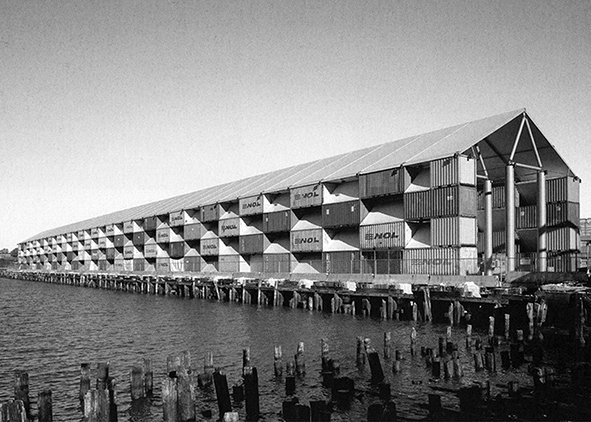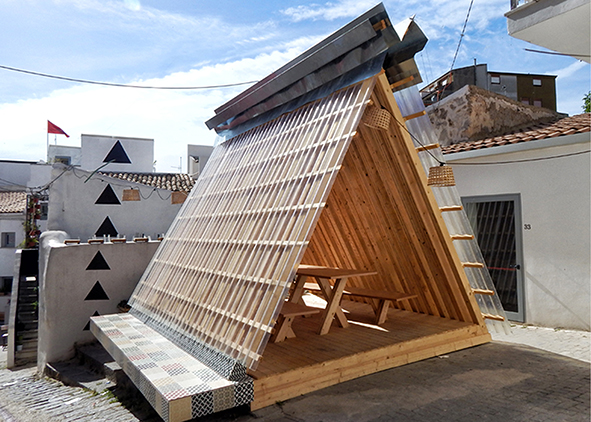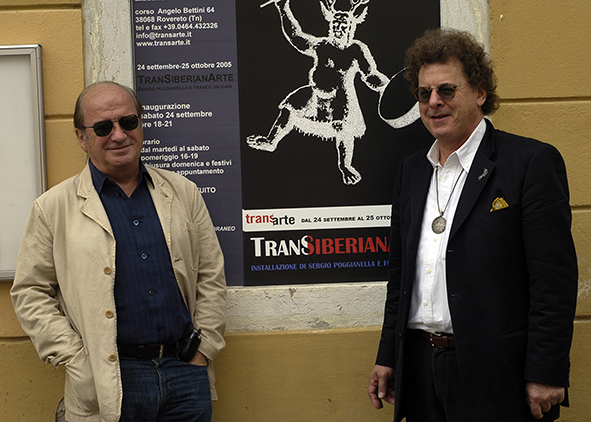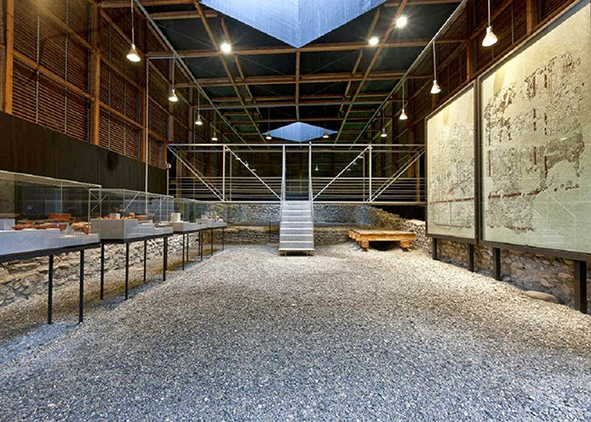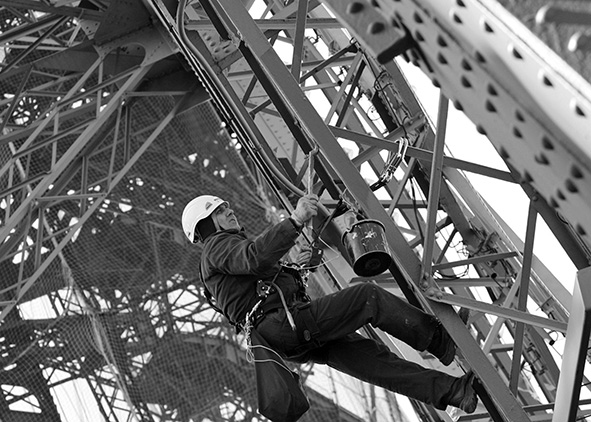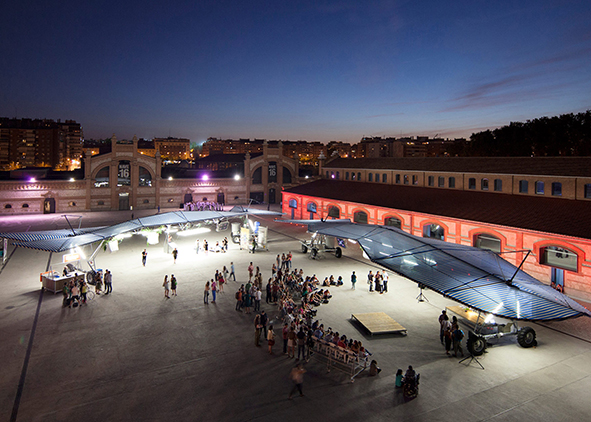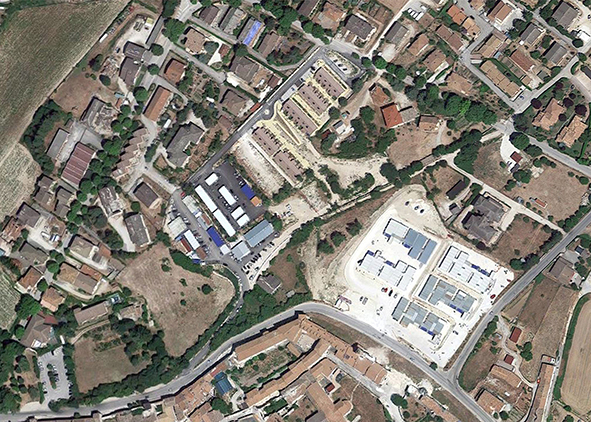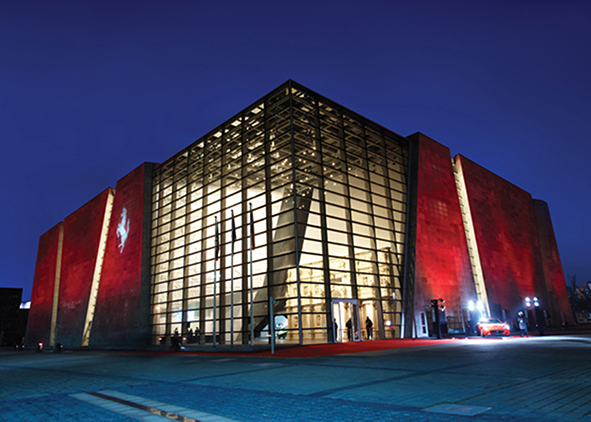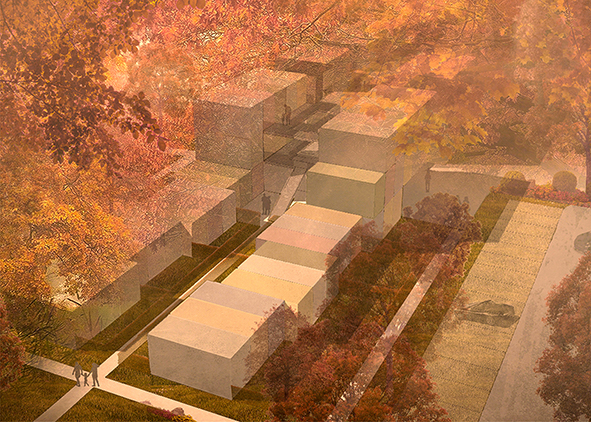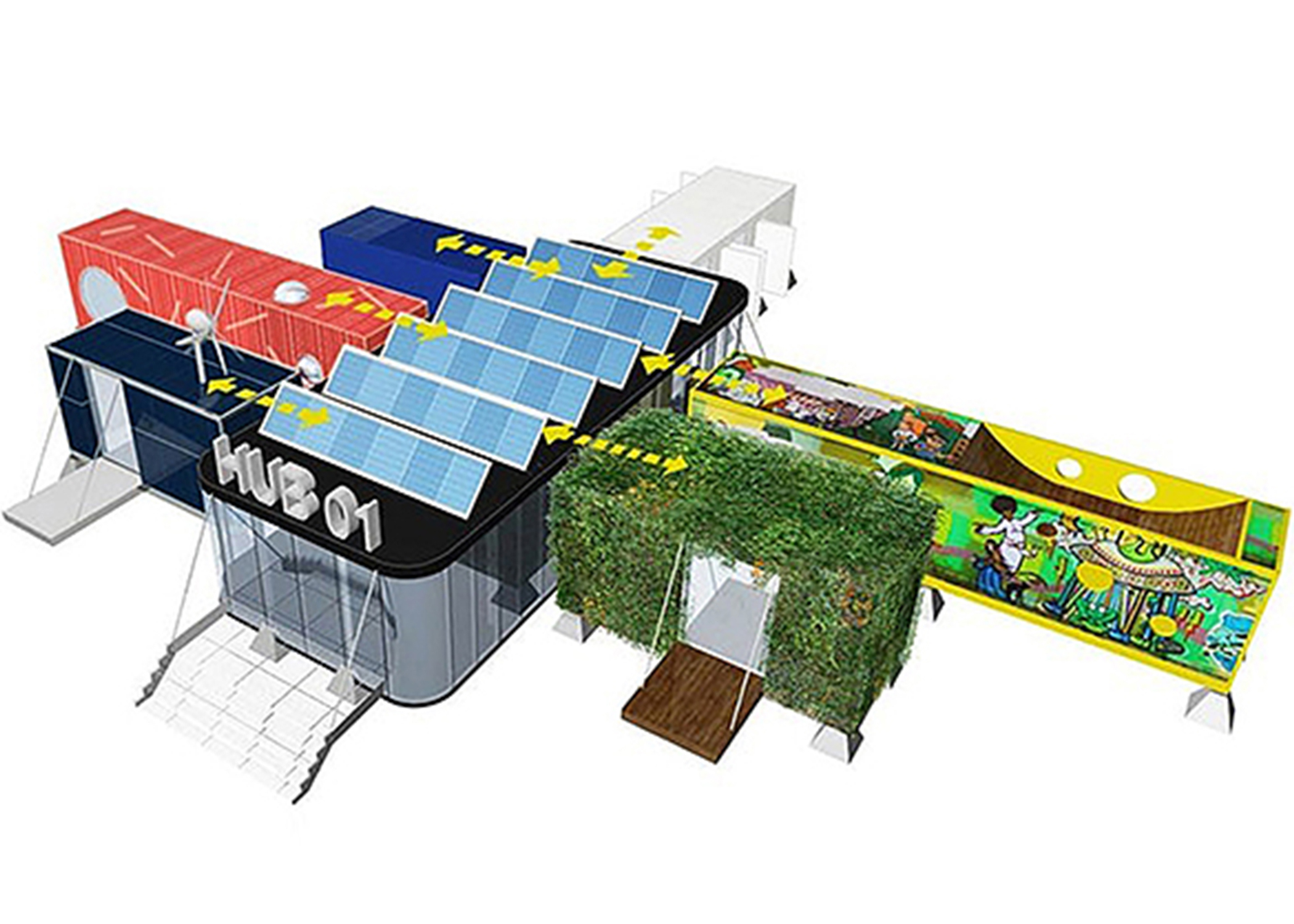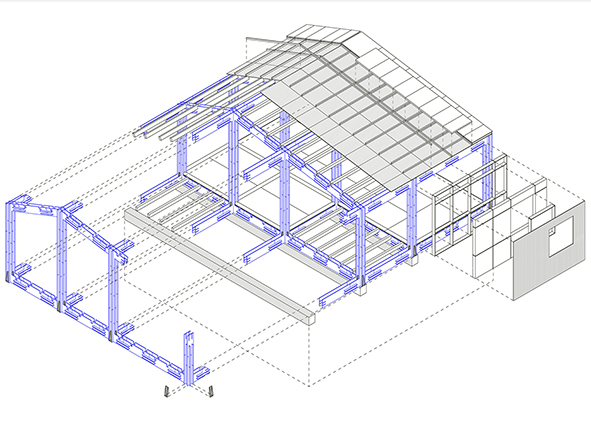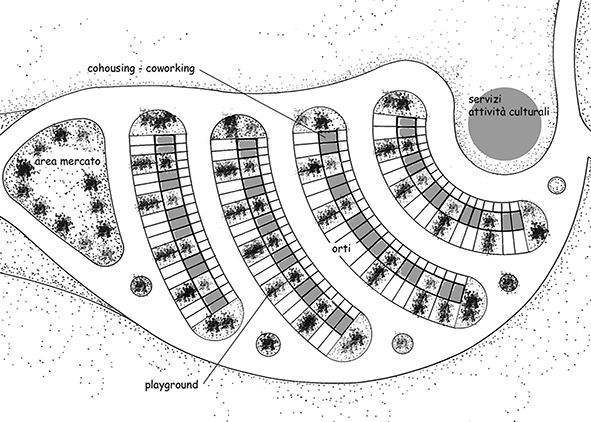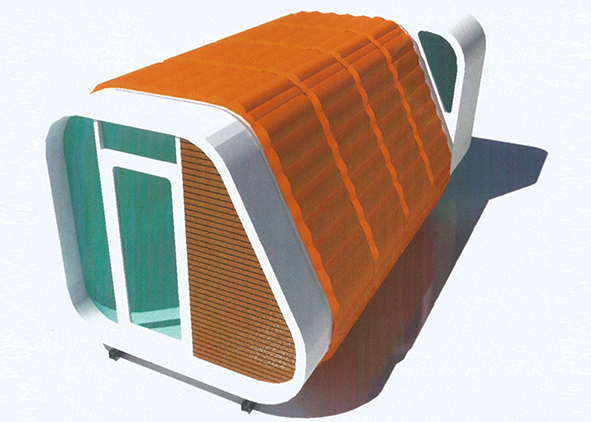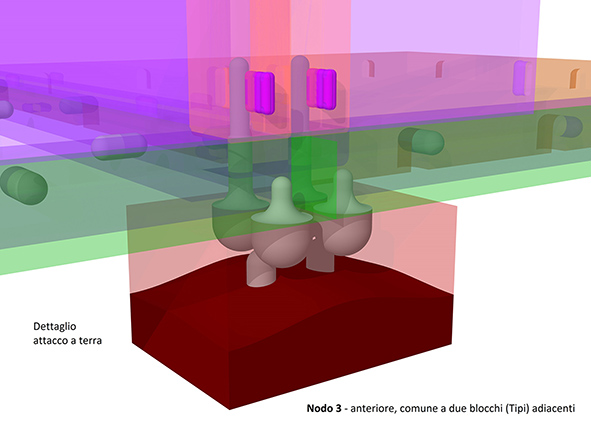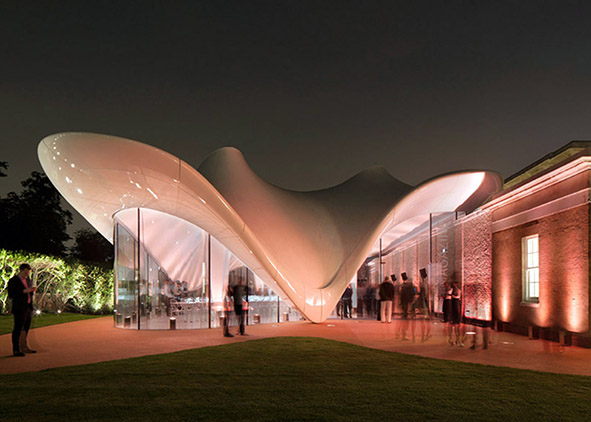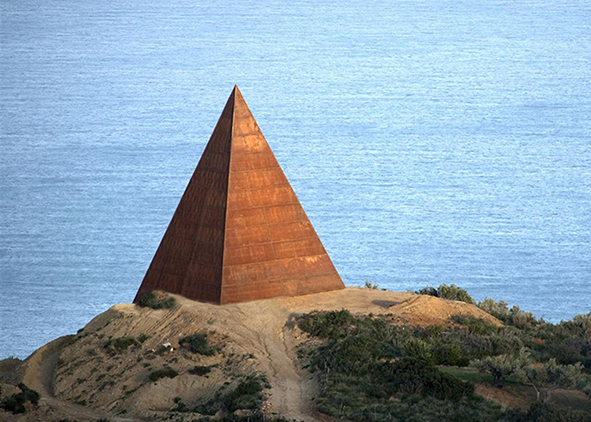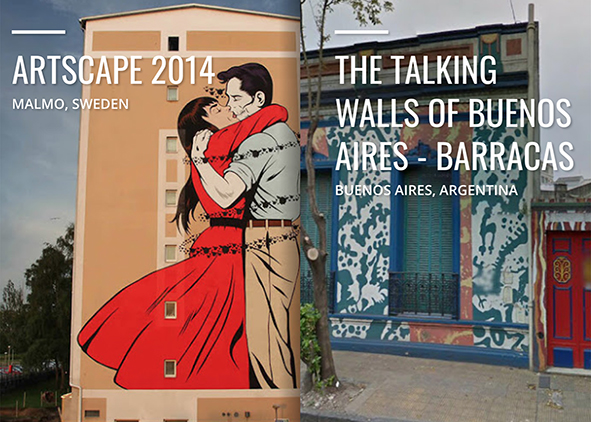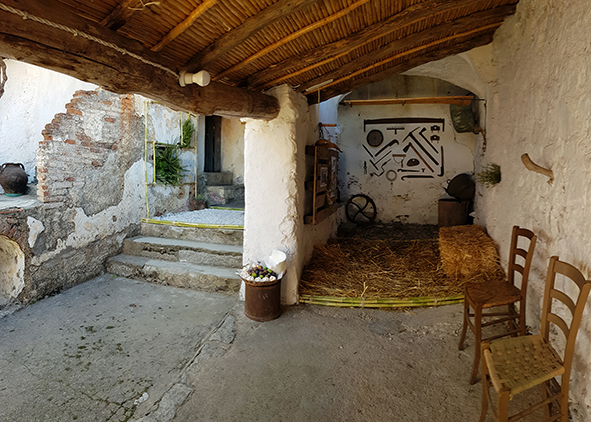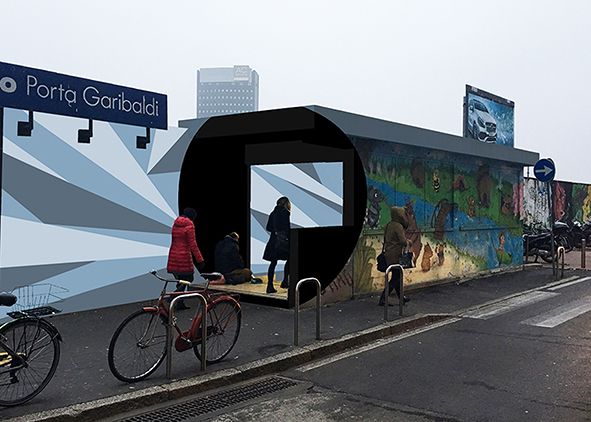
AGATHÓN
International Journal
of Architecture, Art and Design
ISSN (online) 2532-683X
ISSN (print) 2464-9309
Vol. 4 (2018): IMPERMANENCE BETWEEN NECESSITY AND PLEASURE

In the past, the time determined and ruled the relationship between architecture and history, highlighted the architecture’s capability of being passed on to posterity, to be inheritance and proof of a certain historical period. Today, the idea of duration must be rethought, having to face typical variables of the contemporary era, and identifying a new Mobile Architecture, giving rise to new forms and systems belonging to an architecture that we can call Temporary. A modernity that more and more gives immediate answers to constantly changing situations, characterized by the availability of new materials, components and construction systems that have made the creation of temporary mobile artefacts more correspondent to the needs of work and users. Temporary Architectures have become the non-places of architecture, originating a new and original research, experimentation and design sector, aiming to the creation of ephemeral built places, in contrast with permanent and enduring ones, belonging to a consolidated and more conventional architecture. This is combined with the long history of impermanence and ephemeral in architecture and in the arts connected to it and, among other things, meant as an opportunity for celebrations and for design experimentations.
Other that an answer to emergency (natural disasters, migrations resulting from wars or political traumas, etc.), to which every community must be capable of giving real answers in case of an unexpected impermanence of home environment, impermanence can have a key role in architecture, and with mobile and variable innovative systems, can give functional answers to the solicitation of our senses: tasting, seeing, feeling, touching, smelling. These solicitations simulate the designer’s creativity to search for temporary architectures and respond to needs and requirements that define and characterize the impermanence (assembling, disassembling, set-up, flexibility, transportability, etc.). Another value sustains impermanence, enriching its meaning and giving to ‘pleasure’ an added value for the creation of temporary buildings that are highly technological, or representative, where materials and techniques can enhance the building and become, even for a short period, Architecture. Pleasure’s magnitude is linked to the project’s magnitude, which researches its fulfilment, where anthropometry, typological-dimensional requirements and materials merge into a final result that, in addition to responding to the specific parameters of temporary architecture, also offers suitable solutions to accessibility for all categories of users.
All the papers identify new aspects of Impermanence. It is no longer relegated to an initial and brief stage of the constructive process, in which Architecture does not seem to be involved, but on the contrary, as specified in this editorial’s introduction, the idea of duration must be rethought, having to face typical variables of contemporary era, and identifying a new Architecture, although Temporary and Impermanent, is also long-lasting thanks to its new features, where materials, techniques and social framework can enhance the building and become, even for a short period, Architecture.
